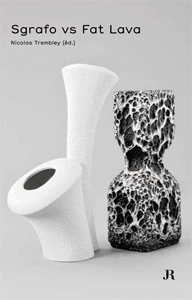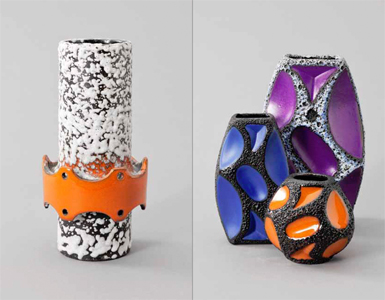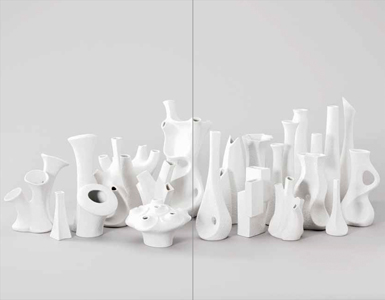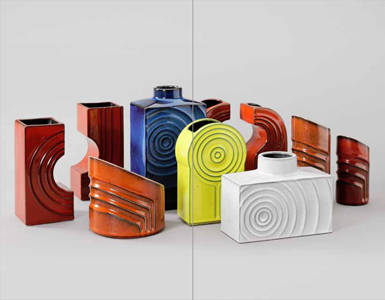Whether it is a question of Sgrafo vases, of Raymond Loewy's "Form 2000" for Rosenthal (1954), or of the improbable "Fat Lava"glacis of the 1970s, postwar German ceramics attest to a surprising stylistic inventiveness and diversity.
Through these creations, both well-known and anonymous designers knew how to capture the impulses of a society in the middle of reconstruction and desirous of looking to the future. Mixing references to Op art, the geometry of a Verner Panton, or the vegetal style of the hippie wave, these objects follow a path of exaggerated shape unique in the history of forms.
In this sense they simultaneously incarnate the inevitable bombacity that menaces design, and its aspirations to autonomy as a quasi-artistic practice. It is this crossing of intentions and this body of supposedly ordinary objects that this publication explores, with a text by the specialist Horst Markus, and an interview with the designer
Ronan Bouroullec.






